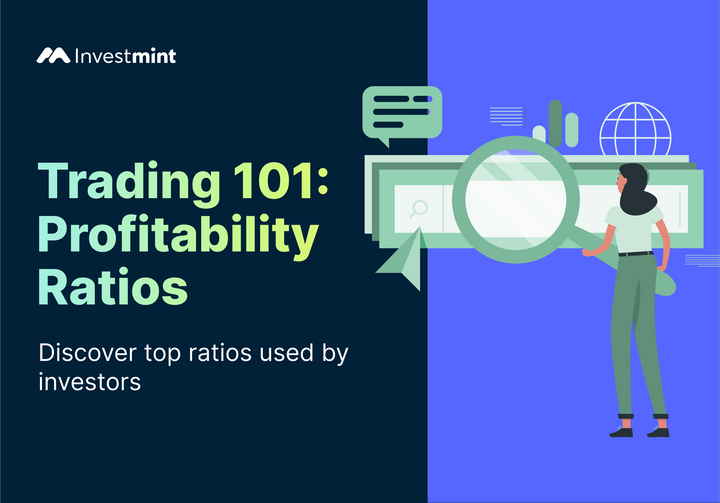What Is The Rule Of 72 & How To Use It?
Calculating your returns on your investments can get tricky sometimes. If you want to know how long will it take to double your money, the rule of 72 can make it easier. Find out how to use it here.

Investing your money is one of the best ways to grow your wealth, but it can be overwhelming to determine how long it will take to double your money.
The answer might seem difficult to calculate, but it can be made simple with the rule of 72. In this article, we’ll discuss the rule of 72, how to use it, and more.
What Is The Rule Of 72?
The rule of 72 is a quick and easy way to estimate the time it will take for your investment to double, based on a fixed annual rate of return. This rule assumes that your investment earns a fixed interest rate every year, and the number 72 is divided by the annual interest rate.
To calculate how many years your investment will take to double, simply divide 72 by the annual interest rate. For example, if you have an investment with an annual interest rate of 8%, it will take approximately nine years for your investment to double (72 divided by 8= 9).

Now, let's say you have an investment that earns an annual interest rate of 10%. If you use the rule of 72, you can calculate that it will take approximately 7.2 years for your investment to double (72/10= 7.2). This means that if you invest Rs 10,000 at an interest rate of 10% in 7.2 years, your investment will grow to Rs 20,000 without any additional contributions.
Who Came Up With The Rule Of 72?
The origin of the rule of 72 is uncertain, but it is believed to have been created in the 15th century by an Italian mathematician named Luca Pacioli. The rule gained popularity in the 18th century when it was used by Benjamin Franklin, a founding father of the United States, to estimate the growth of investments.
Even if the rule of 72 is not an exact calculation, it assumes a fixed interest rate, which is not always accurate, and it does not account for taxes or fees that may affect the growth of your investment. However, the rule of 72 is a helpful tool for comparing different investment options and estimating the potential growth of your investment.
What Is The Difference Between Rule Of 72 and Rule of 73?
The difference between the rule of 72 and the rule of 73 is that the rule of 73 is a more accurate calculation for higher interest rates. The rule of 72 assumes that the interest rate is fixed and that the investment earns a simple interest, whereas the rule of 73 considers interest compounding. To calculate the time it will take for your investment to double using the rule of 73, divide 73 by the annual interest rate.
How To Adjust The Rule Of 72 For Higher Accuracy?
While the rule of 72 is a helpful tool for estimating the time it will take for your investment to double, it assumes a fixed interest rate and simple interest. However, interest rates are not always fixed, and investments can earn compound interest. To adjust the rule of 72 for higher accuracy, you can use the rule of 69.
The rule of 69 is similar to the rule of 72, but it considers the effects of compounding interest. The rule of 69 formula is as follows: divide 69 by the annual interest rate to determine the number of years it will take to double your investment with compounding interest.
For instance, if you have an investment with an annual interest rate of 8%, the rule of 69 suggests that it will take approximately 8.63 years for your investment to double with compounding interest (69 divided by 8= 8.63). This is slightly longer than the 72 divided by 8 equals 9 years estimated by the rule of 72.
Summary
- The rule of 72 is a simple method to estimate the time it takes for an investment to double based on a fixed annual interest rate. Divide 72 by the interest rate to determine the approximate number of years required for doubling.
- The rule of 72 assumes a fixed interest rate and simple interest, providing a useful estimate but not accounting for factors like taxes or fees.
- Luca Pacioli, an Italian mathematician, is believed to have originated the rule of 72 in the 15th century, and it gained popularity when used by Benjamin Franklin in the 18th century.
- The rule of 69 can be used for higher accuracy, which accounts for compounding interest. Divide 69 by the annual interest rate to estimate the time it takes to double an investment with compounding interest.
Want to receive the next blog in your mail? Click on the subscribe button and receive the next blog in your mail.



